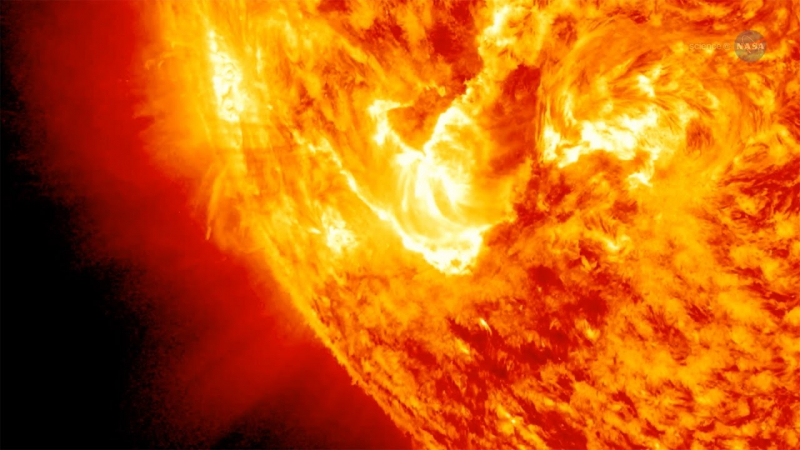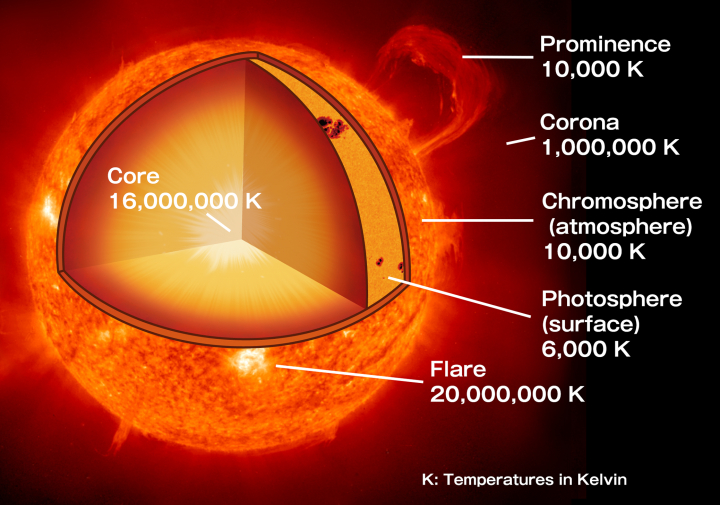The Coronal Heating Problem

One of astrophysics's oldest unsolved puzzles is the Coronal Heating Problem, which asks why the Sun's corona, or atmosphere, is so much hotter than its surface. We are aware that the Sun's core's intense nuclear fusion reactions are the source of all of the energy and heat it emits, even if these reactions only manage to raise the surface's temperature by about 10,000 degrees Fahrenheit. That's a lot, but not nearly enough to match the Sun, the solar system's main source of energy.
Its atmosphere, or the corona, where things begin to ionize into plasma as a result of the heat and where temperatures can reach up to two million degrees Fahrenheit, is where the majority of the heat is created. That shouldn't happen, as you might expect; it would be similar to feeling warmer the further you are from a campfire.
Since it was first observed in the 1940s, this heat transfer from the Sun's surface into its atmosphere has perplexed astronomers. We don't know how that heat is conveyed, how it's maintained, or even whether it's a continuous event or numerous little explosions that, from a distance, appear to be one large explosion. It's not just one issue though.











